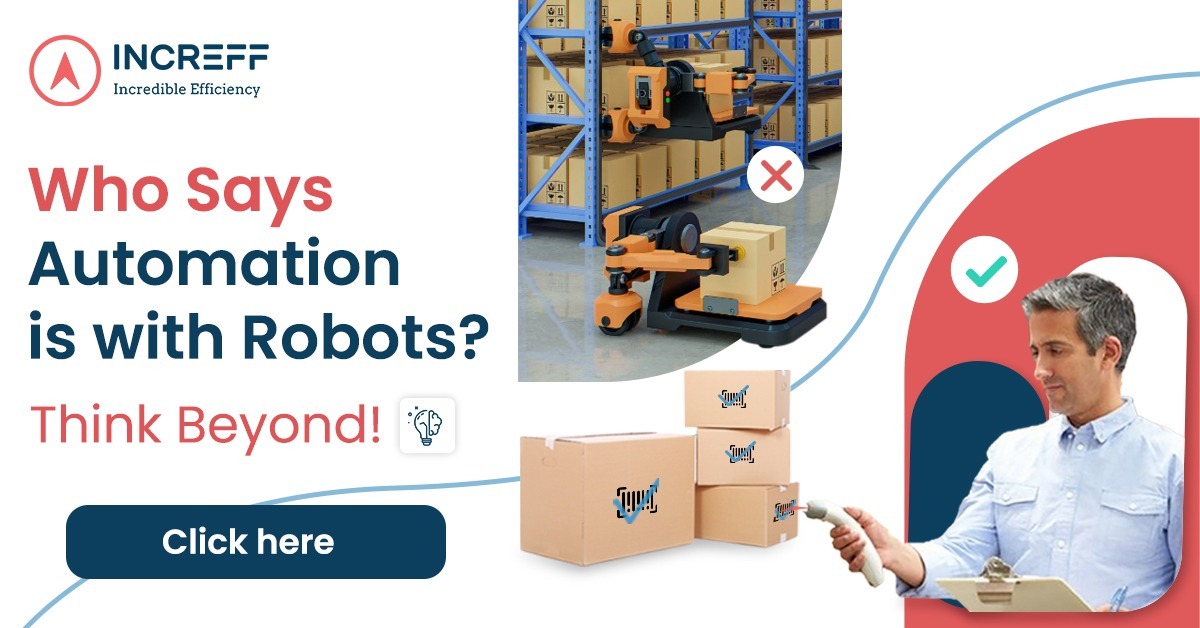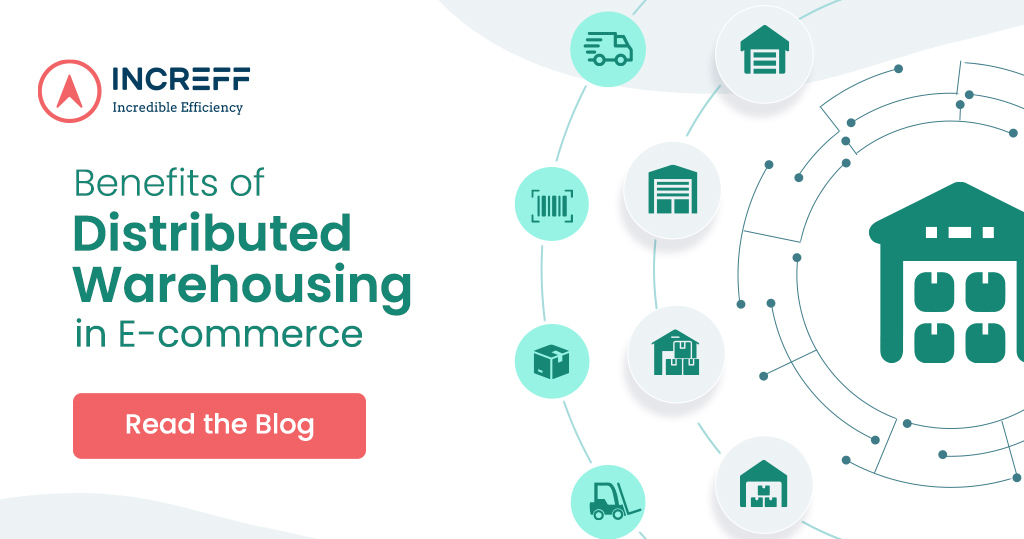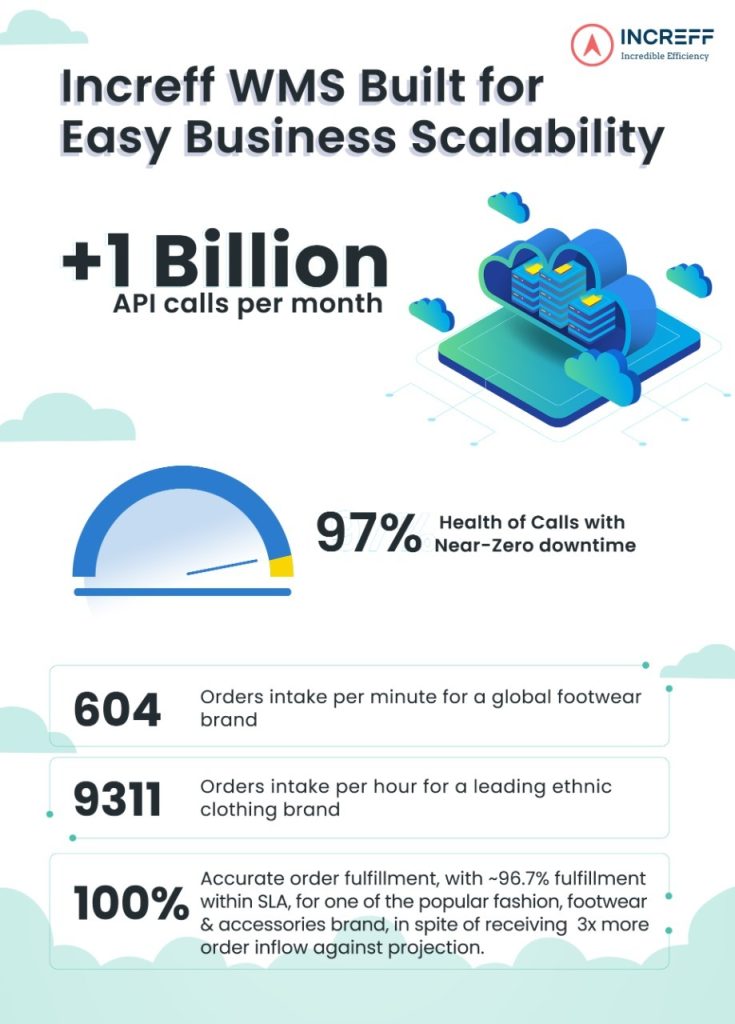While robotics has a significant role in automation, it is not the only way to achieve it. Robotics consists of robots/ machines substituting human labor, automation brings together machines, software, and upgraded technologies to perform tasks that are otherwise performed manually. In fact, investment in robots is a rather expensive affair! New-age warehouse management systems are smart and affordable to introduce automation in your warehouse.
Many fears of job losses are associated with the idea of automation. However, these fears are largely unfounded as automation merely seeks to supplement and empower human effort. By taking over critical decision-making and manual labor, automation boosts efficiency in processes and enhances accuracy many times over.
In this blog, we bring forth the vast number of ways in which automation is reshaping the tasks and functions of supply chain management, and turning warehouses into incredible high-tech facilities!
Serialization of inventory: Serialization and barcoding allow effective tracking of inventory in the warehouse. It allows auto-mapping of inventory located at the time of picking, thus saving significant time and manual effort in searching for the same. Some activities are clubbed together and consolidated with serialization, thus making the process faster.
Much of our supply chain efforts revolve around seamless communication in mapping and locating the stock. Items can be easily scanned using wireless devices such as Bluetooth scanners, smartphones, handheld terminals, and barcode scanners. Wireless devices enable an easy workflow as the staff can conveniently carry them around to read barcodes and capture data in the central repository.
Simple UX/UI: Solutions offered by Increff are easy-to-use and cost-effective owing to their user-friendly UX/UI which doesn’t require any specialized or prolonged training. Besides, in case of any errors by the staff, the system automatically blocks the user from advancing further, unless the wrong entry is resolved. This eliminates any chances of errors creeping into the system, which could snowball into costly mistakes right across the warehouse and beyond.
Holidays and end-of-season could be strenuous for employees but a simple and user-friendly UX/UI can go a long way in reducing stress. An easy-to-use UX/UI permits collaboration and sharing of resources during peak hours to maximize manpower utilization. A user-friendly UX/UI ensures zero dependencies on skilled labor, so it’s easy to recruit extra hands in the time of need. The training time of 5 minutes, makes the system highly cost-effective and adaptable.
Automated pick-list generation: Picklists can be generated basis channel and SLA priority. There’s no need to put the same styles or SKUs in the same bill. Serialization identifies barcodes and bins, to automatically generates picklists for wave-wise picking. The picker can then perform wave picking to save time and effort. Each item is picked and scanned. In case the picker chooses the wrong item, it will be automatically rejected by the system. This helps reduce errors in picking.
Put-to-light storage: To save time and boost efficiency while storing the products on the warehouse shelves, light devices are used to direct the operators. This semi-automatic technique enables the operator to ‘put’ the items in the right pigeon-hole where the light flashes.
Infinite scalability: Serialization enables the warehouse staff to perform chaotic putaway. All the items are brought to the same sorting table. Barcodes are then scanned to read the order-related information after which the items are sent out on their respective routes. Chaotic putaway and storage allow maximum warehouse space utilization, and deal with remarkably huge volumes!
Seamless returns management: Barcoding captures all the information of the returned products, especially their order history and reason for return. The reason for returns can be analyzed to find the most regularly returned items (which also have a greater likelihood of being defective). Analyzing customer buying and returning patterns can provide insights to design future strategies to curb returns. Besides, visibility and traceability of returned items are essential to avoid losses and delays. This is again made possible by the serialization of each item.
Eliminating paper processes: Increff is an efficient multichannel, web-based WMS and order fulfillment system that offers a real-time (less than 15 seconds) order inventory sync feature. Serialization and barcode scanning eliminates paperwork within the warehouse and every step gets recorded in the system. Manual errors can be traced back to the warehouse worker and adequate corrections can be made to prevent such errors in the future.
Automation is finding a tremendous application in the field of warehouse management. It has opened up new vistas for businesses, making them more proactive while handling their inventory and ensuring a high standard of service to customers. Despite all these outstanding features and futuristic benefits, automation-based solutions are highly cost-effective in terms of their upfront costs, training and development, integrations, and up-gradations.















